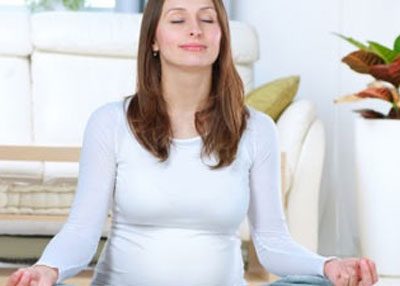
Most people turn to meditation when they have anxiety or stress-related issues. However, meditation is more than just a cure for these ailments; it can also be a way of life. In other words, you can use meditation to relieve symptoms of anxiety, fear and anger but you can also use it to make your life better when you don’t have any symptoms. Here are some meditation techniques for anxiety. However, don’t forget to make these a part of your everyday life even when you’re not feeling worried or anxious anymore.
Posture
The classic posture used for meditation is sitting cross-legged on the floor or on a throw pillow. Although sitting in this position is quite common in certain parts of the world, such as India, it’s not a familiar pose for Westerners who have always used tables and chairs. If you’re not comfortable sitting cross-legged on the floor, try sitting cross-legged on your bed with the headboard for back support. If this isn’t comfortable either, you can go with your favorite chair or even lie down on the bed. Meditation is a state of mind more than a state of body.
It’s important to keep your body relaxed and unmoving. However, this doesn’t have to be done cross-legged. It can be done sitting up or lying down as well.
Breath
The most common way to meditate is by concentrating on your breath. This is a very simple way of meditating and doesn’t require any extra props. It can be done anywhere—at home, on a bus, in a train, when you have a few minutes at work etc.
Start out by making sure that your body is in a comfortable, neutral position. Ideally, you should not be leaning to one side or the other. Close your eyes and take a couple of deep breaths which will help you relax further. Then start observing the way that you are breathing. Don’t inhale or exhale consciously.
You can do this by focusing on a certain body part that moves when you breathe. For example, you can focus on your stomach moving in and out. Or you can place your concentration at the bridge of your nostrils and feel the air going in and out. Do this for at least five minutes, bringing your concentration back whenever it wanders.
Chakras
You make have heard about the chakras which are points or centers in the body which allow your energy to move freely. The main chakras are the third eye chakra (in the middle of your forehead), the throat chakra, the thymus/thyroid chakra (just below the throat, between your collarbones), the heart chakra, the solar plexus chakra (right below the heart), the sacral chakra (a couple of inches below your belly button) and your root chakra (in the genital area).
Most people’s energy doesn’t flow completely freely. They have some issues with at least one or two of their chakras. In order to balance out your chakras, you can meditate by placing your concentration on each of the chakras for 2-3 minutes and then moving on.
This is recommended by Reiki practitioners as well, although Reiki is generally considered a method of healing more than a way to meditate. You can take a tip from Reiki and place your hands on your chakras while you meditate. The touch of your hand can help you to place your concentration.
Focusing on your third eye chakra, your solar plexus chakra and occasionally, your root chakra can be particularly beneficial for anxiety.
Contact us for more great meditation tips to relieve anxiety.
Find more exercises related to mindfulness based stress reduction here.













